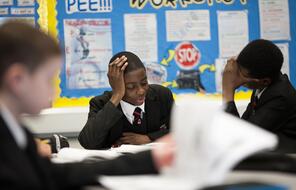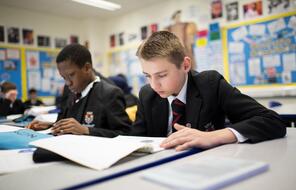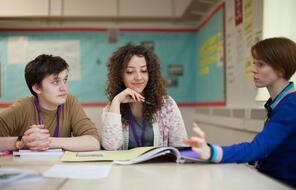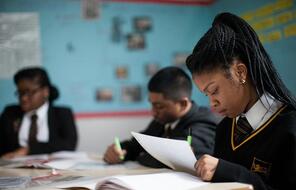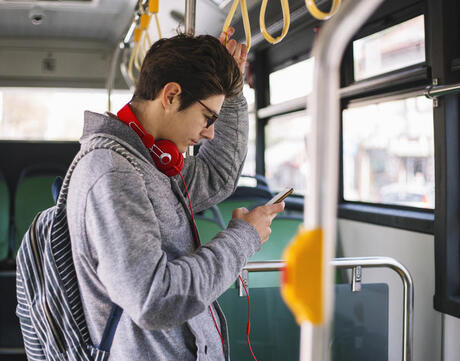
Where Do We Get Our News and Why Does It Matter?
At a Glance
Language
English — USSubject
- Civics & Citizenship
- Social Studies
Grade
6–12- Propaganda
Overview
About This Mini-Lesson
We live in a time when it can be difficult to identify reliable news sources. Though the term “fake news” is often used as a political weapon, the problem of stories that are reliant on sloppy journalism, intentionally misleading, or fabricated, is real. Even reliable news sources can have political perspectives that affect their coverage of the news. Across the world, people increasingly turn to social media to learn about key current events, which can make it even more difficult to determine the reliability or perspective of a news story. Whatever the news story, young people need media literacy tools to assess the articles and videos that come through their feeds and to consider the ethics of what they read and share.
This mini-lesson is designed to help students take stock of their media choices, explore media bias, and think about what healthy news habits they want to adopt.
Activities
Activities
Materials and Downloads
Resources from Other Organizations
Additional Resources
Unlimited Access to Learning. More Added Every Month.
Facing History & Ourselves is designed for educators who want to help students explore identity, think critically, grow emotionally, act ethically, and participate in civic life. It’s hard work, so we’ve developed some go-to professional learning opportunities to help you along the way.
Exploring ELA Text Selection with Julia Torres
On-Demand

Working for Justice, Equity and Civic Agency in Our Schools: A Conversation with Clint Smith
On-Demand

Centering Student Voices to Build Community and Agency
On-Demand












